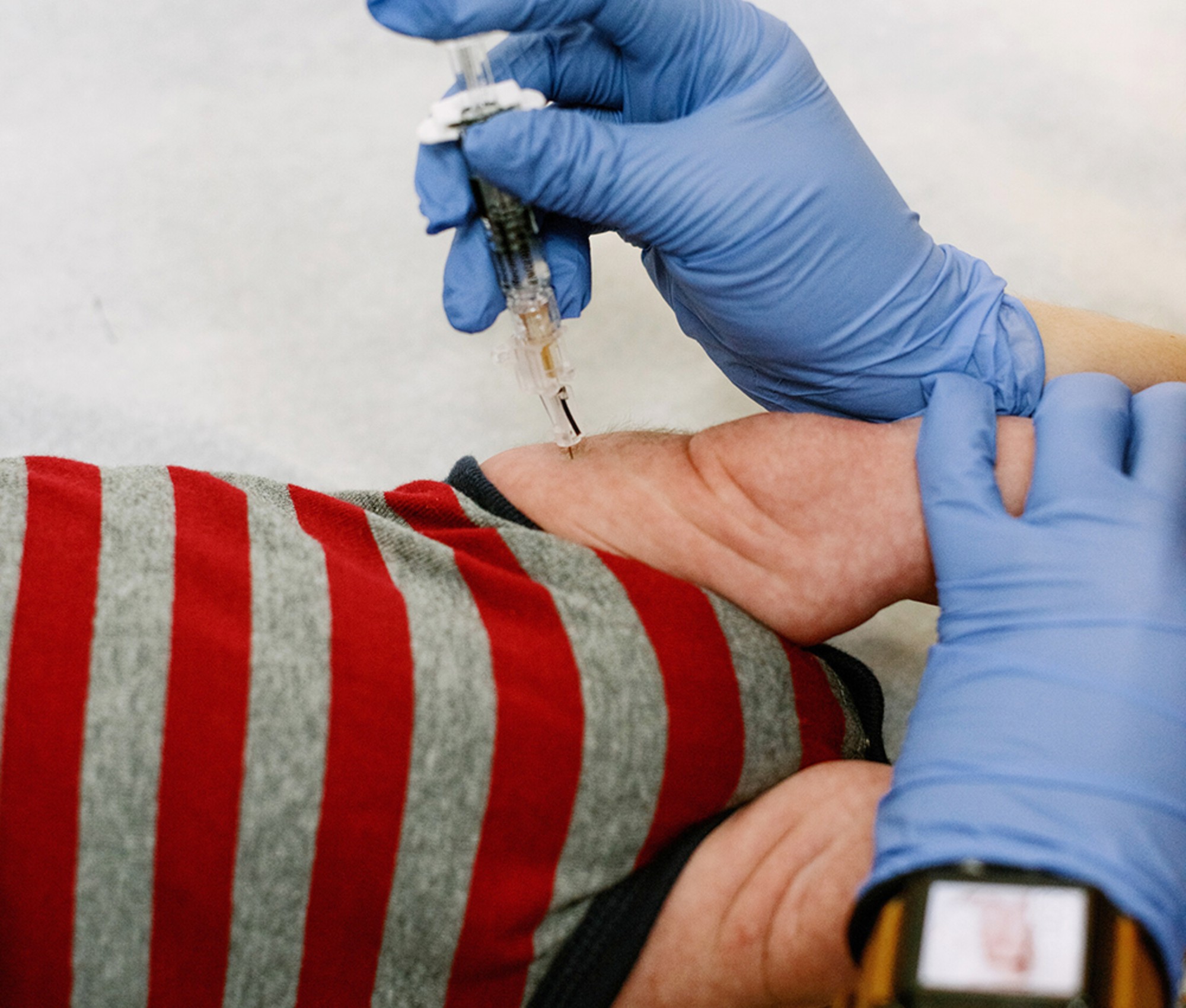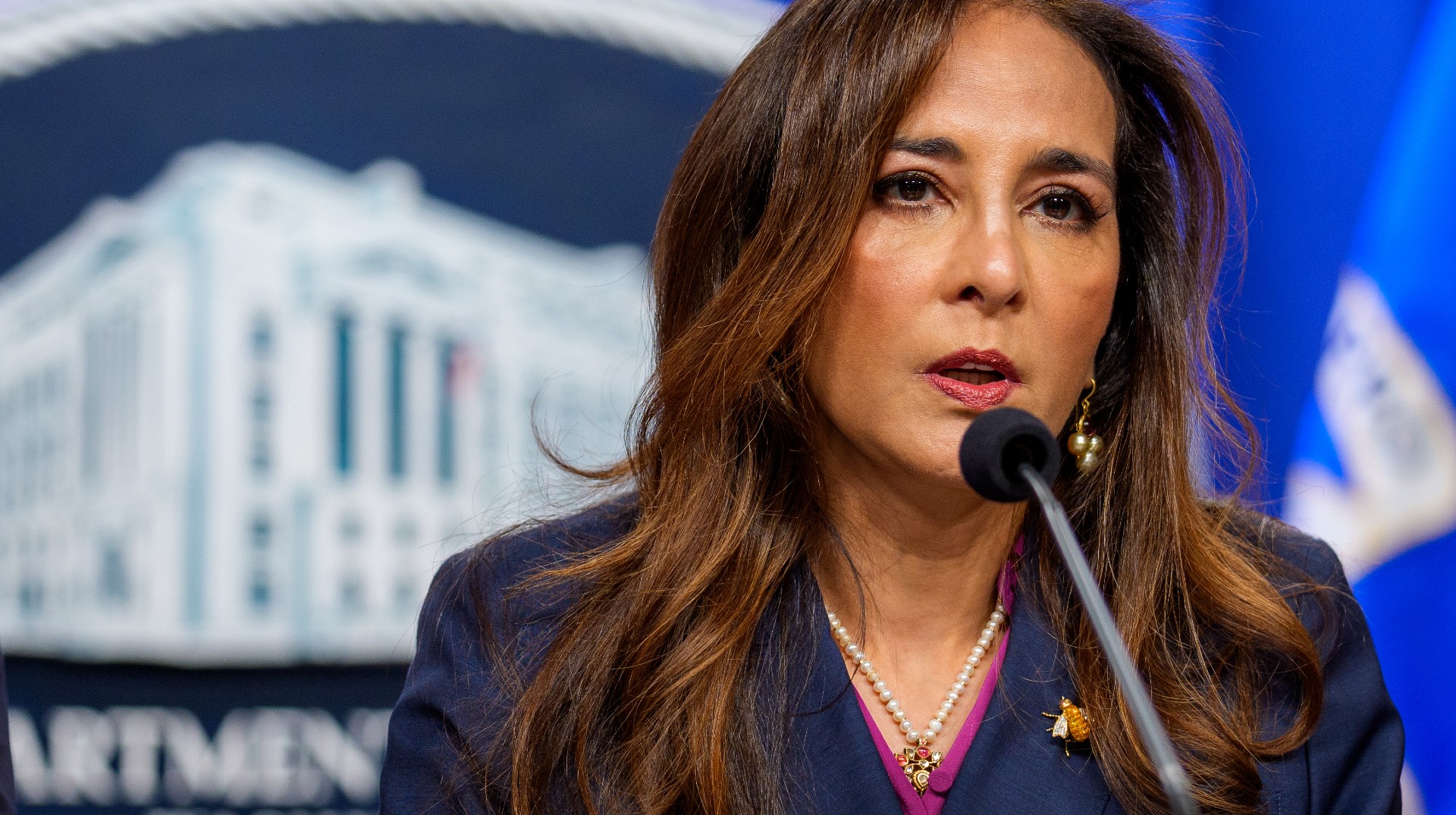How a woman with two wombs got pregnant...twice
A Utah woman is pregnant with two babies, but they're not twins. A concise guide to the rare double-uterus phenomenon
Though the general biological rule is one uterus per woman, Utah resident Angie Cromar, 34, has two, a rare condition known as uterus didelphys. This allowed her to conceive in one uterus one day, and the other a few days later. She's now about 20 weeks along, and her respective fetuses — which are at slightly different stages of development — are doing well. A labor and delivery nurse herself, Cromar already has three children under the age of eight. (Watch a local report about Cromar's pregnancies.) Here, a few infrequently asked questions:
What are the chances of this happening?
Approximately one in five million. Fewer than 100 cases of uterus didelphys have been reported worldwide, Dr. Steve Terry, Cromar's OB/GYN, told local Utah TV station, KSL: "She's a member of a small, elite club." According to the Mayo Clinic, approximately 4 percent of women have some sort of uterine abnormality.
The Week
Escape your echo chamber. Get the facts behind the news, plus analysis from multiple perspectives.

Sign up for The Week's Free Newsletters
From our morning news briefing to a weekly Good News Newsletter, get the best of The Week delivered directly to your inbox.
From our morning news briefing to a weekly Good News Newsletter, get the best of The Week delivered directly to your inbox.
How does one end up with two uteruses?
In a female fetus, the uterus begins as two small tubes that normally join together to create a single womb. Sometimes, the tubes don't join completely and develop into separate cavities.
When did Cromar realize what had happened?
She's long known she had two uteruses, but her previous pregnancies have been straightforward single-uterus affairs. Cromar and her husband first learned she was doubly pregnant during her first ultrasound.
A free daily email with the biggest news stories of the day – and the best features from TheWeek.com
What are the risks?
The situation could trigger complications like pre-term labor and low birth weight. So far, the babies appear to be developing normally. "I'm a little nervous, just because I know what can happen," says Cromar, "but I'm really excited."
Best sources: KSL, KTLA, Mayo Clinic, Telegraph
-
 Health: Will Kennedy dismantle U.S. immunization policy?
Health: Will Kennedy dismantle U.S. immunization policy?Feature ‘America’s vaccine playbook is being rewritten by people who don’t believe in them’
-
 3 ways to reduce the cost of owning a car
3 ways to reduce the cost of owning a carthe explainer Despite the rising expense of auto insurance premiums and repairs, there are ways to save
-
 DOJ targets ‘disparate impact’ avenues of discrimination protections
DOJ targets ‘disparate impact’ avenues of discrimination protectionsIN THE SPOTLIGHT By focusing solely on ‘intentional discrimination,’ the Justice Department risks allowing more subtle forms of bias to proliferate